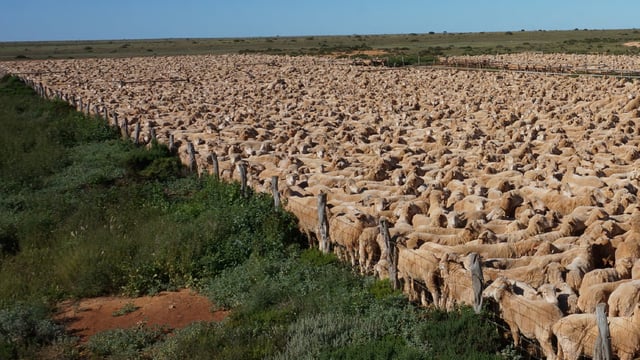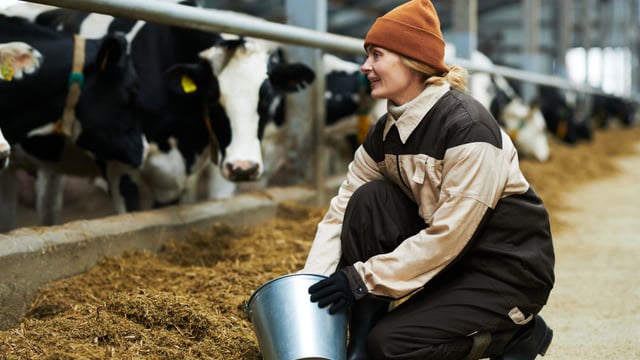Many growers beginning to plant spring beans now
Teagasc is confirming that many tillage growers are taking the opportunity to plant spring beans at the present time, with weather and ground conditions combining to make field work more than feasible in this regard.
In 2024, the area planted with spring beans reached a record level of 17,500ha.
However, due to the high levels of autumn planting, most in the industry do not expect the spring bean acreage to reach similar levels in 2025.
Despite this, there is still significant interest in spring beans, mainly driven by the protein payment, which offers up to €600/ha, and strong forward prices of €240/t from both Dairygold and Tirlán and €250/t from Quinns of Baltinglass.
Meanwhile, the financial outlook for spring beans remains attractive. Based on an average yield of 5.4t/ha (10-year national average), growers could expect a gross output of almost €2,000/ha. This figure includes the estimated protein aid payment for 2025
Costs from the Teagasc costs and returns come in at €1,067/ha leaving a gross profit of almost €900/ha. Given these figures and current cereal prices, record-breaking cereal yields would be needed to match the profitability of beans this spring.
Spring beans also represent an extremely valuable break crop in all tillage rotations.
Teagasc tillage specialist, Ciaran Collins, commented: "When sowing beans this season, it is crucial to check the thousand grain, which is usually printed on the seed bag.
“Some bean varieties this year have exceptionally high thousand grain weights, requiring significantly higher seed rates to achieve optimal plant populations.”
To establish 30 bean plants/m2 at an 85% establishment rate, the following guidelines for 2025 apply - a thousand grain weight of 650g equates to seed rate of 230 kg/ha, while a a thousand grain weight works out a seed rate of 175kg/ha.
Lime is often overlooked when sowing beans, especially early in the season. However, it is crucial for growers to maintain a target pH of 6.8 for optimal yield. If lime is required, it should be applied onto the ploughing and incorporated into the seedbed before sowing.
Similarly, phosphorus (P) and potassium (K) should be incorporated into the seedbed on Index 1 and 2 soils to optimise yield potential. Combine drilling works well for P if that is an option.
Pre-emergence herbicide application is the only reliable method for controlling broadleaf weeds in spring beans. Grass weeds can be managed, post-emergence, with graminicides.





